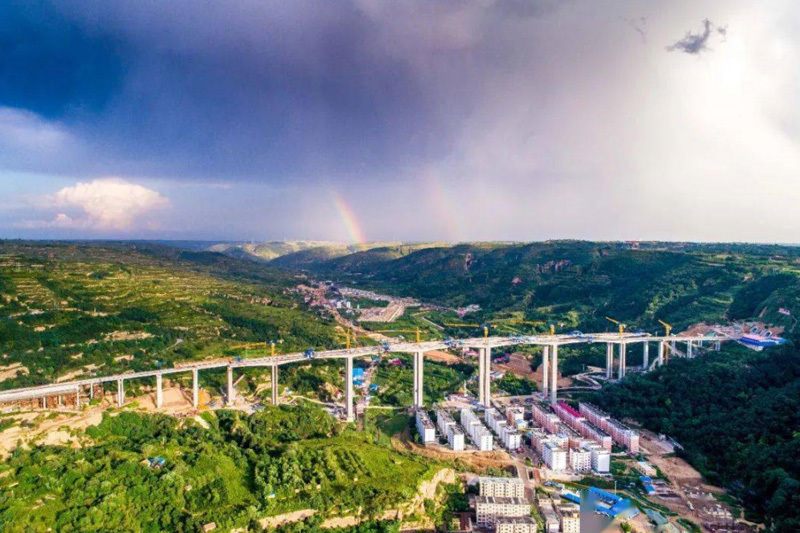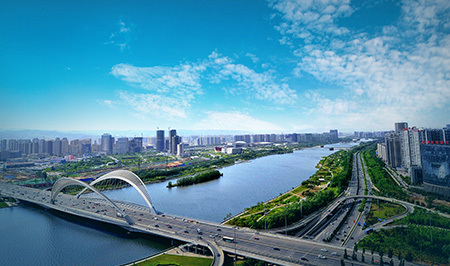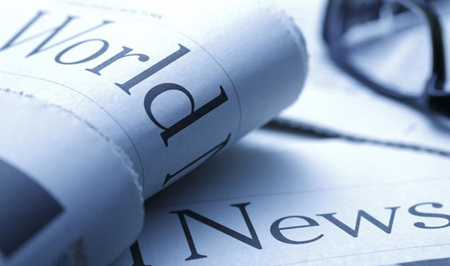What is the transportation organization structure of the rail transportation industry?
Release time:
2024-10-24
The transportation organization structure of the rail transportation industry is a complex and sophisticated system designed to ensure efficient, safe and punctual transportation services.

The transportation organization structure of the rail transportation industry is a complex and sophisticated system designed to ensure efficient, safe and punctual transportation services. Generally speaking, the transportation organization structure of the rail transportation industry includes multiple key parts that work together to achieve its transportation goals.
1. Core Sector
1. Operation management department: responsible for the daily operation of rail transit, including train scheduling, passenger flow management, station services, etc.
2. Maintenance and Engineering Department: Responsible for the maintenance and infrastructure of rail transit facilities to ensure that the track, vehicles, signal systems, etc. are in good condition.
2. Support Department
1. Planning and Strategy Department: responsible for the development of rail transit planning, passenger flow forecasting and route planning.
2. Finance department: responsible for the capital management of rail transit, including budget, cost control, investment, etc.
3. Human Resources Department: responsible for personnel recruitment, training, performance management, etc., to ensure the professionalism and efficiency of the operation team.
Characteristics of 3. organization structure
The transportation organization structure of the rail transportation industry usually adopts a hierarchical structure to achieve efficient decision-making and rapid response. Senior management is responsible for setting strategic direction and major decisions, middle management is responsible for the implementation and coordination of specific tasks, and grass-roots employees are responsible for daily operations and on-site execution. In addition, in order to deal with emergencies and emergencies, there is usually an emergency management department or emergency response mechanism in the organizational structure.
4. collaboration
In the rail transportation industry, close coordination and cooperation between various departments are required. For example, the operation management department needs to adjust the train frequency and capacity according to the passenger flow data; the maintenance and engineering department needs to communicate closely with the operation management department to ensure the implementation of the facility maintenance and maintenance plan; the planning and strategy department needs to adjust the development plan in time according to the market demand and policy changes.
5. external relations
The transportation organization structure of the rail transportation industry also needs to establish a good cooperative relationship with the government, regulatory agencies, suppliers and other external institutions. The government provides policy support and financial guarantee, regulators conduct industry supervision and safety management, and suppliers provide equipment and material guarantee.
In short, the transportation organization structure of the rail transportation industry is a complex and sophisticated system, including multiple key departments and collaborative cooperation mechanisms. Its purpose is to ensure efficient, safe and punctual transport services to meet the needs of socio-economic development and people's mobility.
Tag:
Bridge construction
Recommend News
Share







